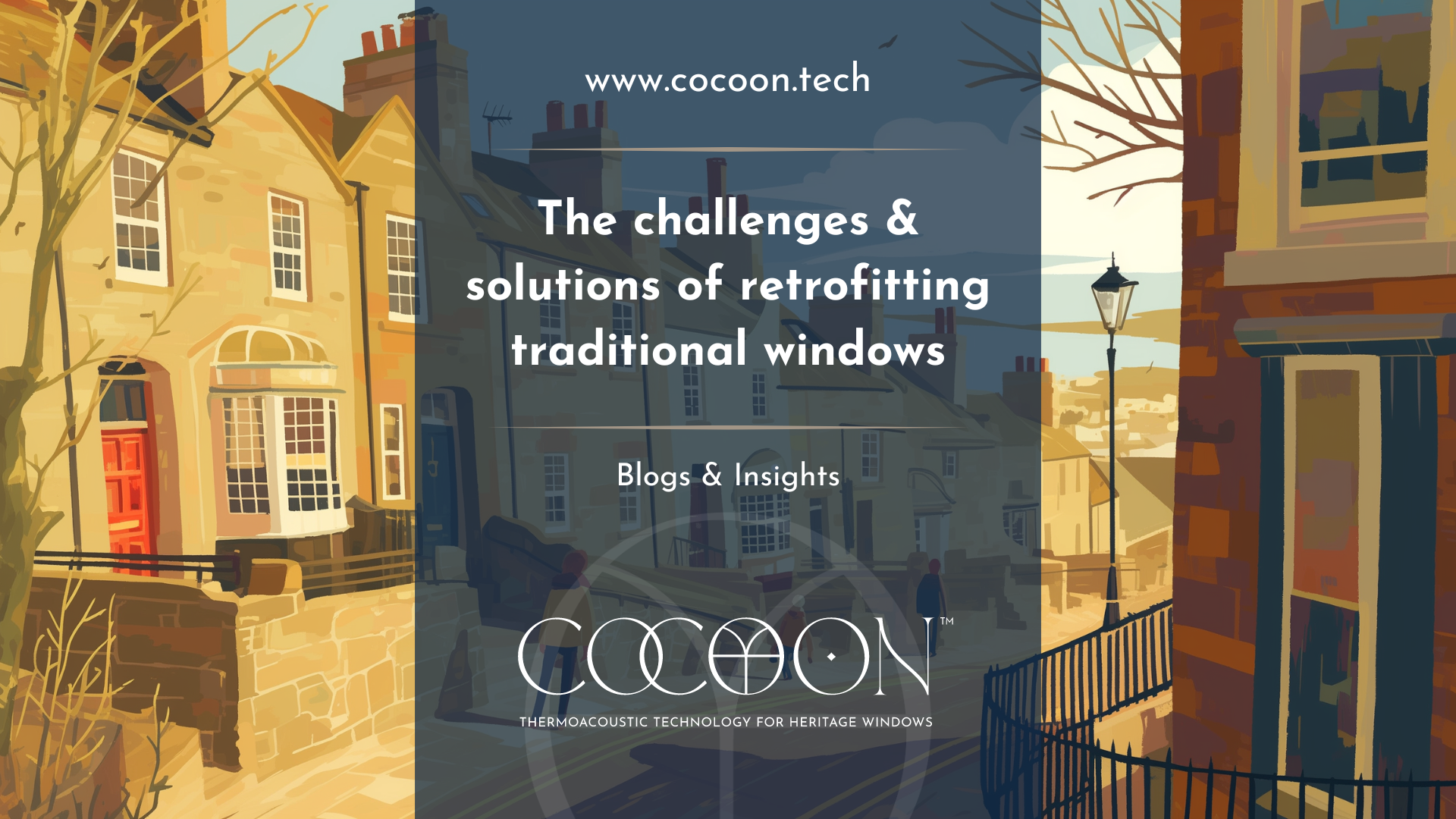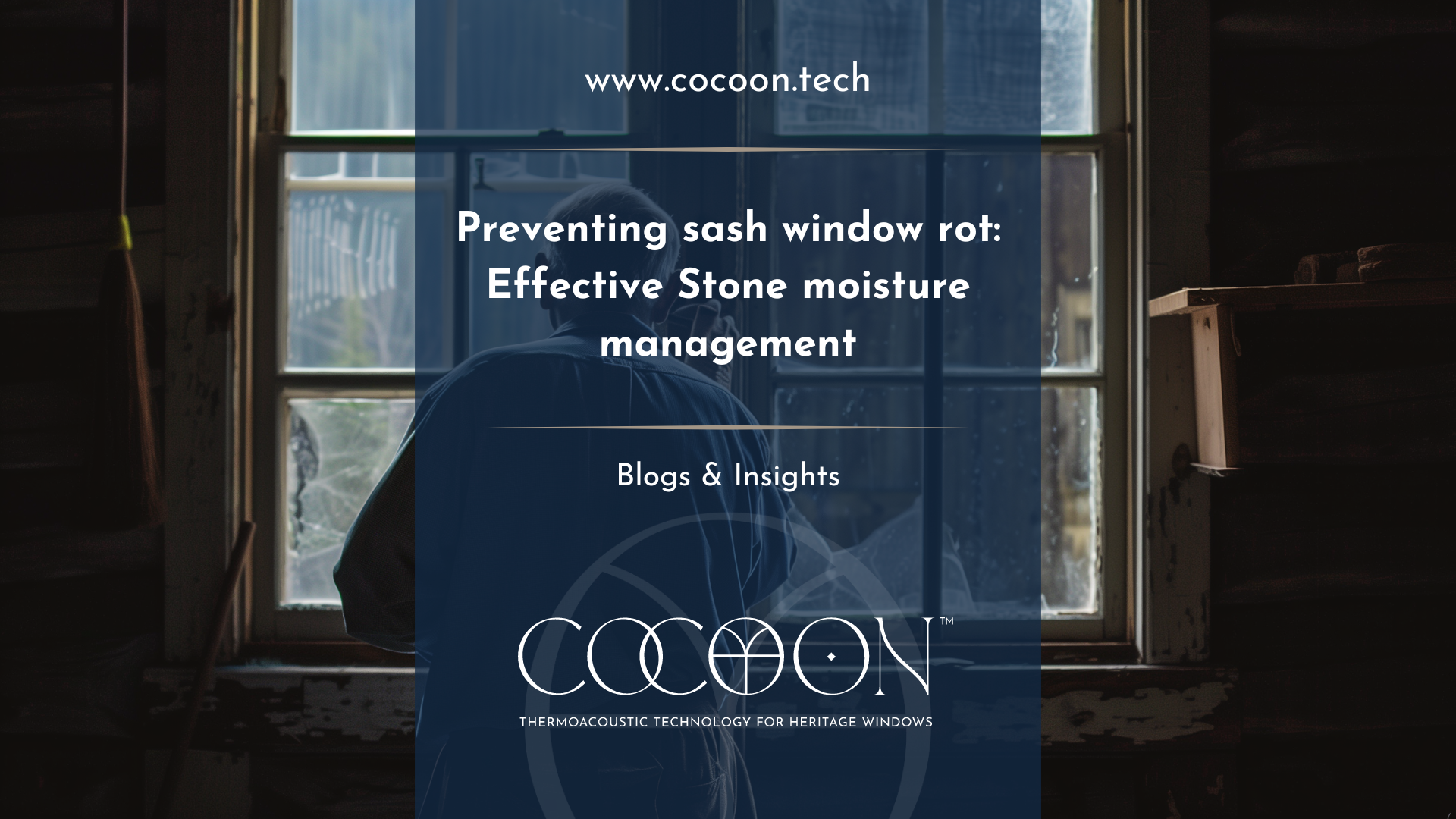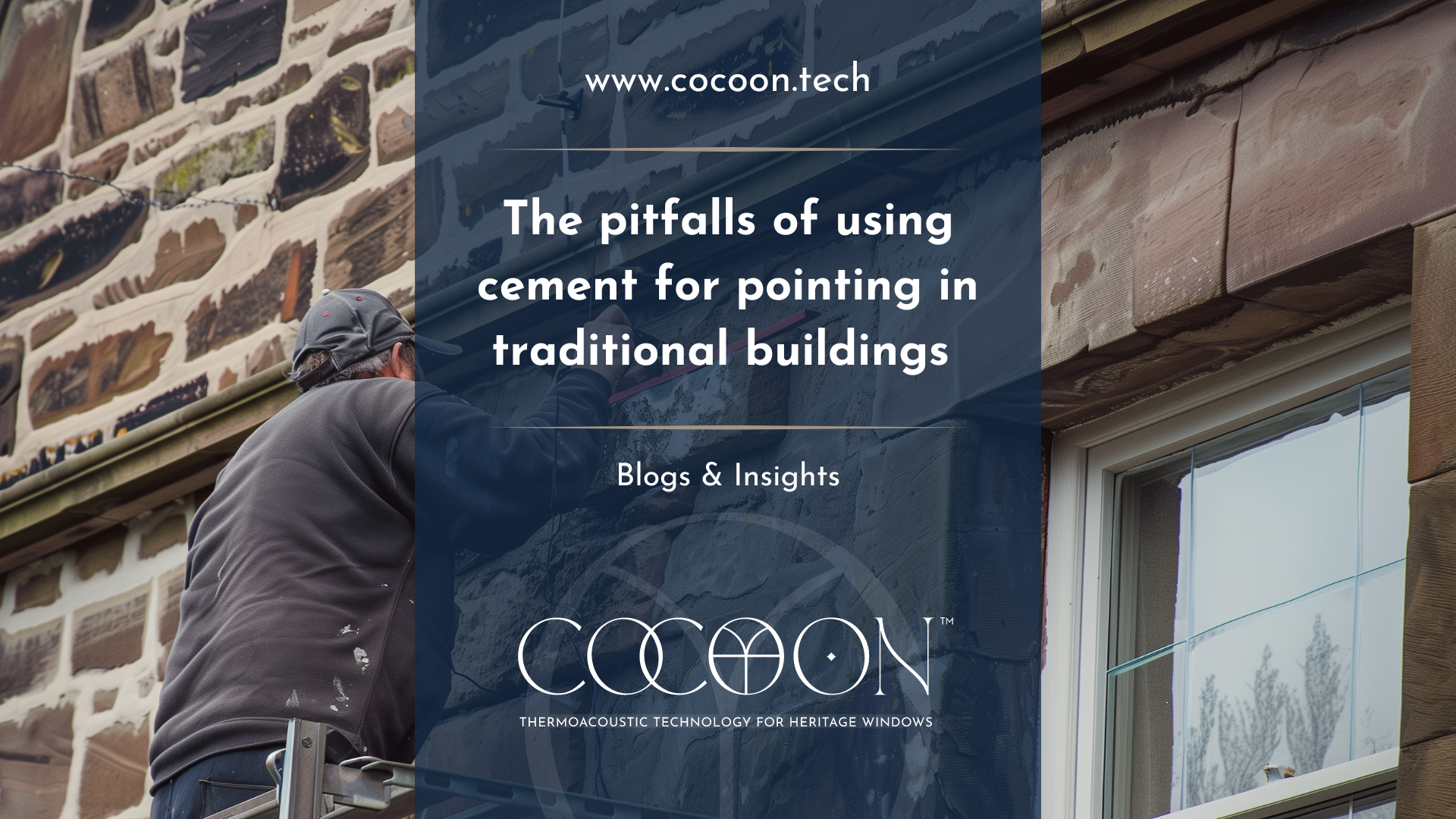Helpful Hints when Buying a Listed Building | Glaze & Save
Owning a listed building can be a privilege and a joy, but
if you’re considering entering this sought-after area of property ownership,
there are a few pitfalls and issues to avoid. That’s why we have put together
these helpful hints to consider when buying a listed building. After all, no
one wants to end up like the property developer who was fined £300,000
by the court
for renovating his listed 16th century Welsh home. Ouch.
1. Consider your renovation plans
A ccording to House Simple one of the most important things you can do when considering a listed property is to take note of any major works that need to be carried out on the building and weigh up your chances of actually getting them done. Making any kind of change, even repairs, to a listed property is considerably more difficult that with a non-listed property. “You’ll need to seek permission from your local authority’s conservation officer before doing things like replacing windows and doors, removing internal walls and changing fireplaces.” That being said, minor like-for-like repairs don’t usually require consent.
You should also consider looking into why the building is listed in the first place: getting an understanding of what makes your building so special will help you avoid specific pitfalls when it comes to making plans for renovations. In Scotland you can find out the listing details for all listed buildings by using the Historic Environment Scotland portal .
2. Review the planning history
The next step would be to check that any works carried out by the current or previous owners have been carried out with the appropriate listed building consents. The Buying Solution has a stark warning for new would-be listed buildings owners;
“If the property on site does not correspond exactly with the plans on the Consents you, as the new owner, may be the one who has to reinstate any previous works. Beware of Enforcement action…You need to be aware that there is no time limit to when a local planning authority can require unauthorised alterations to be reversed. Consequently new owners can be required to remedy alterations made by previous owners. It goes without saying that you need to be very cautious if you suspect alterations have been made without consent.”
3. Get specialist insurance
Insurance is an oft-forgotten aspect of listed building home ownership, but due to the specific nature of repairs often required for listed buildings (and the generally higher cost) putting adequate specialist insurance in place is a must. ‘Expert advice at the start of the project is essential,’ says Alec Moore of specialist insurance brokers Weatherbys Hamilton . ‘Insurers can provide advice for the protection and security of existing buildings and possessions.’
4. Seek out a specialist
Before you purchase the property, seek out the advice of a surveyor who specializes in listed buildings, traditional buildings or conservation properties. “The wrong surveyor can give poor, inappropriate, and very costly advice,” warns Moneywise , “So have a survey by a building surveyor who specialises in historic buildings before buying”.
5. Extending a listed home
If you have particular aspirations for an extension on a listed property, it pays to speak to your local conservation officer beforehand, along with an architect who specializes in this type of work. If extending the building is a prerequisite for purchase, then the sooner you investigate your options the better. Real Homes points out that it is something of a myth that planning officer and conservation officers always prefer additions to listed buildings to blend seamlessly. Approved extensions may indeed be seamless, but designs that show a clear distinction between old and new – such as a minimalist glazed addition – are often preferred.
Bear in mind that it is usually easier to make additions to listed buildings than it is to demolish or change anything that already exists. As The Buying Solution points out “if you want to add an extension or indoor pool which doesn’t alter the main property it is likely to be easier than removing an original feature, however small, even if it’s a fireplace or internal wall.”
6. Consider the Maintenance
One of the main issues that often occurs with listed buildings is not so much an issue with the building fabric or construction itself, rather than the building owner’s poor understanding of how to maintain and care for the building. Be sure to take into consideration the maintenance of the building, and be aware of the time and cost that this may accrue. Homeward Legal points out that common issues , such as treating wooden features with inappropriate chemicals, or using cement to repair traditional brickwork can cause huge issues down the line for your property. It’s therefor imperative to understand the maintenance requirements of a listed property before you take the plunge with a purchase.
7. Be Prepared for the Cold
Most house sales take place in the summer, and purchasing a listed building is not different. However, listed buildings can be cold, damp and draughty in the winter so make sure you are going to be warm enough to survive the cold! As noted by The Buying Solution, a big issue with listed buildings is windows. “ Old windows can often leak like sieves and gaining consent for double glazing is usually not possible”. The only option for listed building owners is secondary glazing, and even that may require planning permission. A solution like InvisiTherm™ is suitable for listed buildings and does not require planning permission, so you can experience a warm home, without compromising the aesthetics of your property.




















